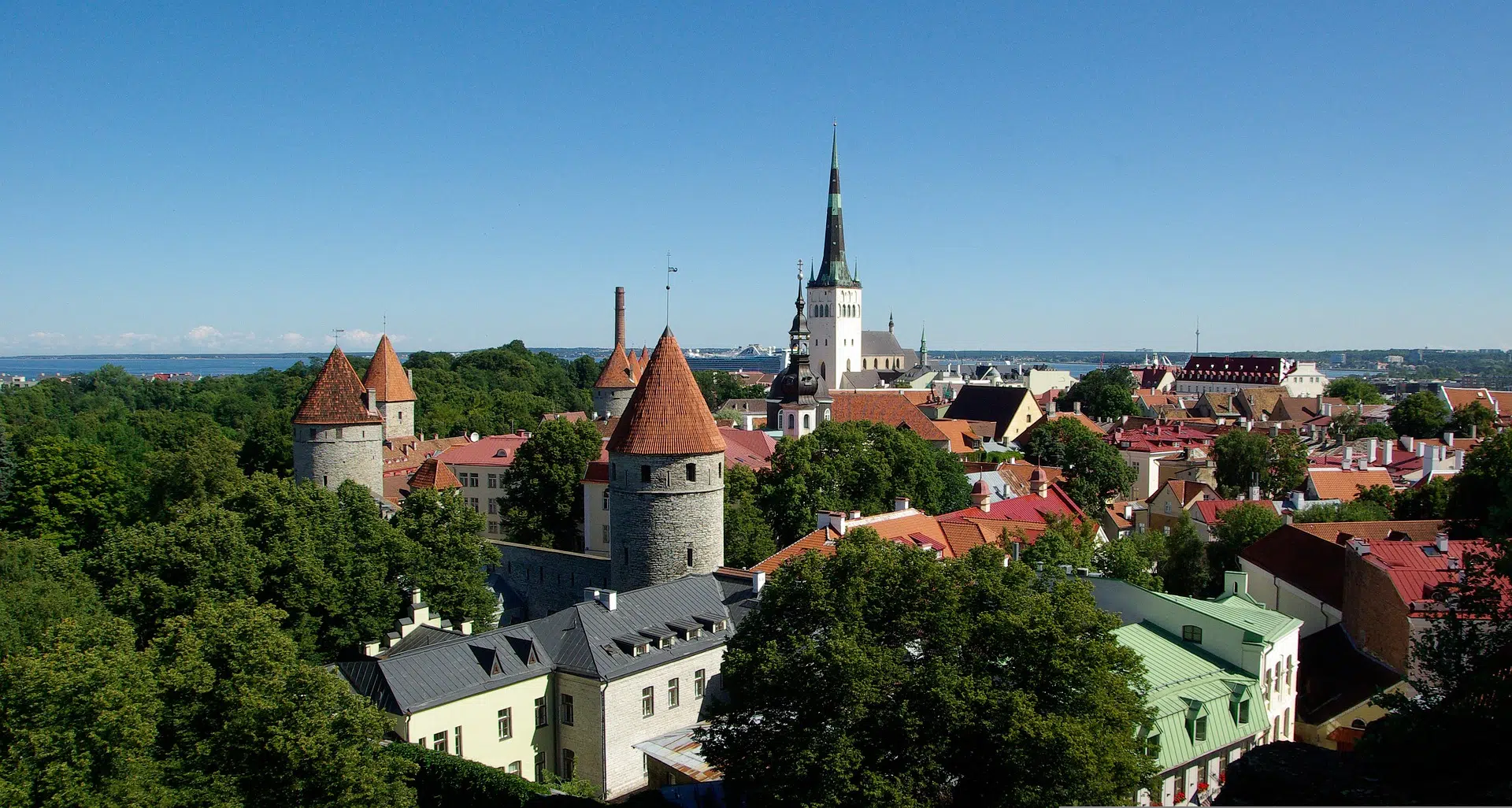Frequently Asked Questions About Estonia
General FAQs for Estonia
Which is the capital city of Estonia?
What is best currency to use in Estonia?
What are most spoken languages in Estonia?
When should I visit Estonia?
How many days are required for traveling in Estonia?
What are the emergency phone numbers in Estonia?
Places FAQs For Estonia
What are the popular tourist places in Estonia?
There are many great places to visit in Estonia, depending on your interests and travel style. For nature lovers, some of the most popular destinations include Lahemaa National Park, which is known for its scenic hiking trails, beautiful beaches, and unique wildlife; Soomaa National Park, which offers a variety of outdoor activities in a stunning natural setting; and Matsalu National Park, which is home to a number of coastal wetlands that are rich in biodiversity.
For history buffs, some top sites include Tallinn Old Town, which has been declared a UNESCO World Heritage site and features many historic buildings, churches, and museums; Kadriorg Palace and Park, the former summer residence of the Russian czars; and Tartu University, one of Estonia’s oldest educational institutions.
Finally, for those interested in exploring Estonia’s vibrant culture and nightlife scene, some popular destinations include Telliskivi Creative City, a former industrial district that has been converted into an arts and entertainment hub; Rocca al Mare Open Air Museum, which features over 150 traditional homes and buildings from around Estonia; and Freedom Square, a bustling public plaza that is home to restaurants, cafes, nightclubs, and other attractions. Whether you are looking for natural beauty, ancient history, or modern culture, there are plenty of amazing places to visit in Estonia.
What is the best mode to travel in Estonia?
There are a number of different transportation options available in Estonia, depending on your needs and travel style. If you are planning to explore the country at a more leisurely pace, renting a car is generally considered the most convenient and flexible option. This allows you to independently visit various attractions and destinations as you please, without having to worry about sticking to a set schedule or following someone else’s itinerary.
If you are planning to travel around Estonia more quickly, public transportation is also an option. Many cities and towns in Estonia have well-developed public transit systems, including buses, trams, trains, and even ferries. Additionally, many attractions and destinations outside of the city centers are easily accessible via rental cars or taxi services.
If you are short on time or simply prefer not to drive, another good option is to utilize Estonia’s many bike-sharing programs. Bike-sharing systems can typically be found in most major cities and towns, making it easy to rent a bicycle for short trips around town.
Budget FAQs For Estonia
How much will the vacation in Estonia cost?
The cost of a trip to Estonia will vary depending on factors such as location, length of stay, type of accommodation and transportation, and personal preferences. On average, it is estimated that a week-long trip to Estonia for two people would likely cost between $1,500 and $2,000 per person. This estimate includes things like flights, accommodations, transportation, food and drink while in Estonia, museum or attraction admissions, and any other incidentals.
It is also important to consider how you will be getting around once you are in Estonia. Public transportation is generally fairly affordable, with a single ride costing about $1-2 on buses and trams and a single journey ticket for the train costing about $5. Renting a car, on the other hand, is generally more expensive and will typically cost between $30-50 per day. Additionally, depending on your travel style and preferences, there may be additional costs associated with things like local tours or excursions.
Ultimately, the total cost of your trip to Estonia will depend on the specific activities and destinations you choose to explore, as well as your budget and travel style. However, with some careful planning and research, you can easily find a trip that fits within your budget while still allowing you to experience all that this beautiful country has to offer.
How much is the cost of eating out in Estonia?
What is the average cost of stay in Estonia?
Accommodation in Estonia can vary widely in cost depending on a number of different factors. For example, a basic hostel or budget hotel might start at around $20-30 per night for a bed in dormitory-style accommodation or a private room, while more upscale hotels and resorts could easily cost over $100 per night. Additionally, depending on location, the cost of accommodation can vary significantly. For example, accommodations in more popular tourist destinations like Tallinn or Pärnu may be slightly higher than in smaller towns or rural areas.
There are also a number of different options when it comes to finding affordable accommodation in Estonia. For example, you could consider staying in a hostel, booking a private room in an Airbnb or hotel, or renting an apartment for your entire stay. By doing some research and comparing prices at different places and types of accommodations, you should be able to find something that fits within your budget while still allowing you to experience all that Estonia has to offer.
















